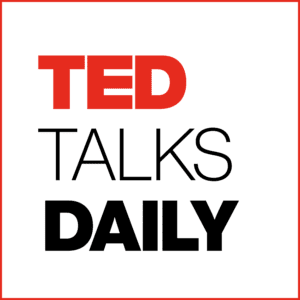Intro
In this episode of “The Lex Fridman Podcast,” Lex Fridman interviews Neil Gershenfeld, the director of MIT’s Center for Bits and Atoms. They discuss self-replicating robots, the future of fabrication, and the intersection of bits and atoms. Gershenfeld’s work has inspired millions across the world as part of the maker movement to build cool stuff and create.
Main Takeaways
The Future of Fabrication
- Neil Gershenfeld is the director of MIT’s Center for Bits and Atoms, which fabricates objects and machines at all scales of reality.
- Gershenfeld’s work inspires millions across the world as part of the maker movement to build cool stuff and create.
- The boundary between bits and atoms is the source of both scaling issues and opportunities in computing.
- The lab’s projects range from developing low-power computing to exploring robots to build structures in space.
- The goal is to create self-replicating machines that can build copies of themselves and more complicated versions of themselves.
From Bits to Atoms
- Neil Gershonfeld learned about the difference between computer science and physical science while working at the boundary between bits and atoms.
- The foundation of modern computing has a simple physics mistake: the head is distinct from the tape.
- The only model of computation that’s physical is a patch of space that occupies space, stores state, takes time to transit, and can interact.
- Turing’s machine made a mistake between the head and the tape, leading to the misconception that bits aren’t constrained by atoms.
- The embodiment of computation is embodied in profound ways in domains where hardware and software cannot be separated, such as quantum computing and synthetic life.
The Power of Fab Labs
- Neil Gershenfeld accidentally started a network of 2500 digital fabrication labs, called Fab Labs, in 125 countries.
- The killer app of digital fabrication is personal fabrication, driven by personal expression.
- Fab Labs have been successful in rural Indian villages, African shantytowns, and Arctic hamlets.
- The goal is to expand the network from 1,000 to 1 million labs, where people can make almost anything anywhere.
- The fab lab network is a curated part of the larger maker movement, which works as a network to benefit all participants.
The Meaning of Life and the Universe
- Embodied intelligence in physical systems is the future of AI, not just intelligence in the brain or transistors.
- Molecular intelligence is present in our bodies and can do what we think of as AI, but with the output being us.
- The future of AI lies in embodied AI and molecular intelligence, which is not yet on the horizon.
- Consciousness is likely an emerging property of the hacks in the brain, and there is no need to invoke anything else beyond big computations.
- Embodied AI in morphogenesis is the meaning of life and the universe.
Summary
Exploring the Intersection of Bits and Atoms
Neil Gershenfeld, the director of MIT’s Center for Bits and Atoms, discusses the future of fabrication and the intersection of bits and atoms. Gershenfeld’s work inspires millions across the world as part of the maker movement to build cool stuff and create. He explores the boundary between bits and atoms, highlighting the opportunities and scaling issues in computing. The lab’s projects range from developing low-power computing to exploring robots that can build structures in space. Gershenfeld also discusses the power of Fab Labs, accidental networks of digital fabrication labs that have been successful in various communities around the world. The goal is to expand the network and create a society where people can make almost anything anywhere, changing basic assumptions about how society functions. Lastly, Gershenfeld delves into the meaning of life and the universe, emphasizing the importance of embodied intelligence in physical systems and the potential of molecular intelligence.
Conclusion
Neil Gershenfeld’s work at the intersection of bits and atoms opens up new possibilities for fabrication and creation. Through the power of Fab Labs and the exploration of embodied intelligence, Gershenfeld inspires individuals to think beyond traditional boundaries and embrace the future of AI. The meaning of life and the universe lies in the integration of bits and atoms, where molecular intelligence drives innovation and understanding. With the expansion of Fab Labs and the network of makers worldwide, the potential for personal expression and sustainable life becomes a reality.
